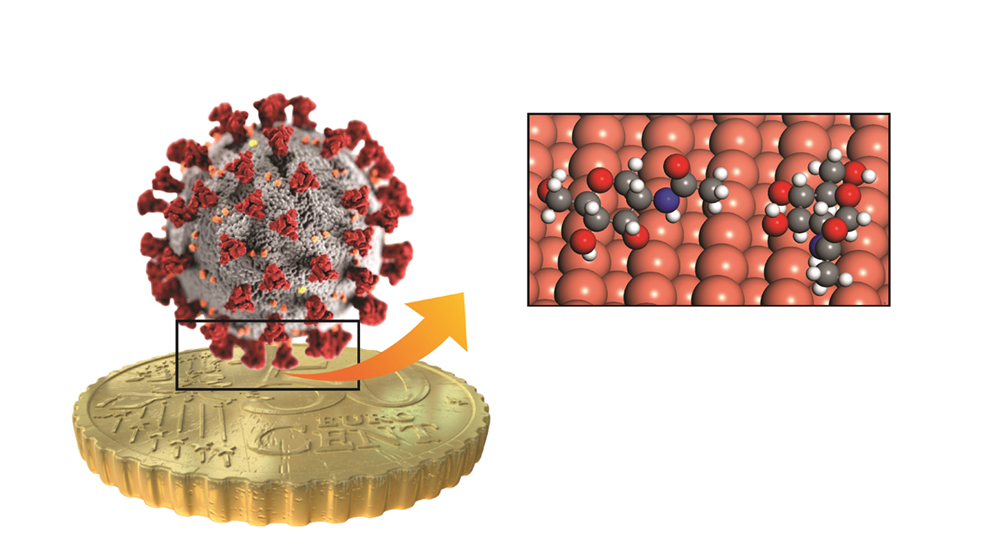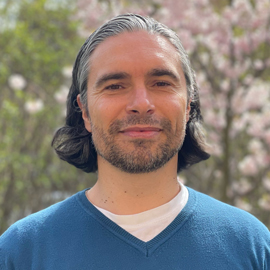Unexpected bonds between covid and inorganic surfaces

By using quantum mechanical modeling KTH has revealed how the covid virus interacts with inorganic surfaces. And the virus reacts a little bit different than expected.
There is little knowledge - at the atomic scale - on how the covid virus interacts with surfaces. Such knowledge is important to understand how long the virus survives at different surfaces. This is crucial information to understand the virus reproduction, and to develop antiviral materials. This knowledge can also be used to develop virus sensors.
For the first time a researcher at the Department of Materials Science and Engineering (MSE) has used so called quantum mechanical modeling to study the interactions between the spike protein of the SARS-CoV-2 virus and inorganic surfaces.

”The underlying physics of the interactions between the virus and the surfaces are different from what was previously speculated”, says Cláudio Lousada , the researcher behind the recent study.
When talking for example about virus survival rate one should not generalize "surfaces" without specifying the material. Factors that also play a role for the survival are the presence of moisture and the types and conformations of the glucosides located at the tip of the spike protein. The spike protein tip is selective with what inorganic surface it prefers to bond to.
Water, though, is necessary for the virus to maintain its function. However, the researcher’s computations showed that the interactions between the molecules of the tip of the spike protein and the surfaces can be extremely strong – in some cases those interactions themselves can displace the water from the surface. These strong direct interactions between the virus and the surface can damage the spike protein and the virus might lose its function.
”If we understand which atomic-scale properties of the surfaces can inactivate the virus, we can aim at designing materials that combine that set of properties with other functions. These atomic-scale properties can also be used to develop virus sensors.”
Cláudio says that this particular study doesn’t reveal what types of surfaces that are more “contagious”.
”Surfaces that tend to stay wet longer should be places where the virus can also survive longer. The same is true regarding the types of chemical bonding between the surfaces and the virus. If these bonds are not able to drive certain types of reconstructions of the spike protein, the virus will remain undamaged longer. Thus, organic surfaces should in general be better virus reservoirs and hence could be more contagious than inorganic surfaces, but it is too early to conclude this. All information that we can generate on such mechanisms is important to overcome the different aspects of the pandemic and mitigate effects of future ones.”
”Quantum mechanical modeling” is a method that uses supercomputers to simulate and then visualize what happens at the atomic and subatomic scales. The method allows the researchers to access detailed mechanistic information that is difficult - or even impossible - to get with experiments. With mathematical tools researchers analyze the large amounts of data obtained and rationalize it so that it becomes easier to understand.
”Besides the array of physical and chemical information the visual aspects are important because we can generate images and ‘see’ the atoms as if we were looking at them being observers in their size, and this gives us a lot of insight”, Cláudio says.
Read the full article on Sciencedirect.com
Text: Anna Gullers
